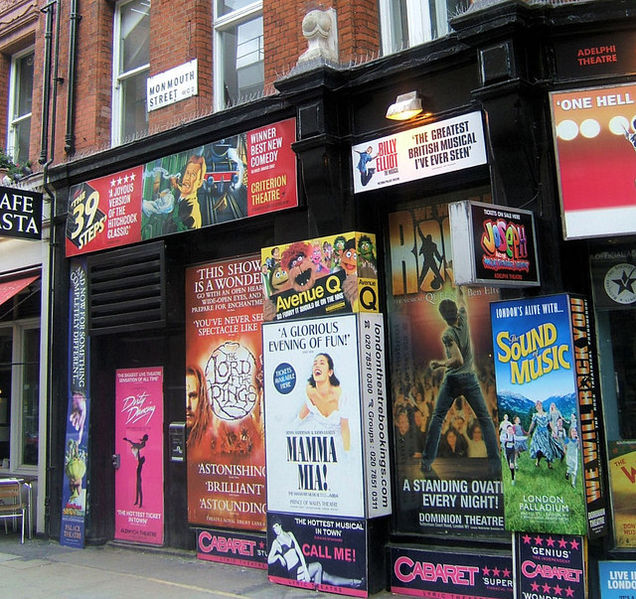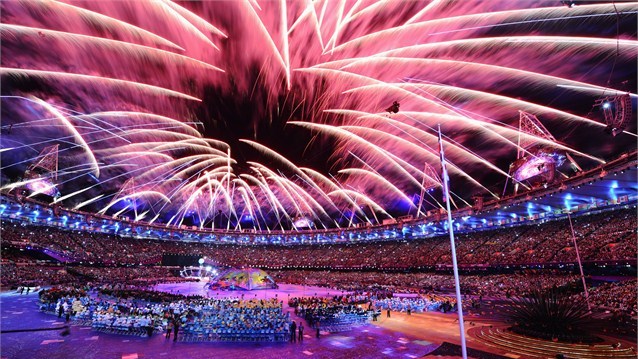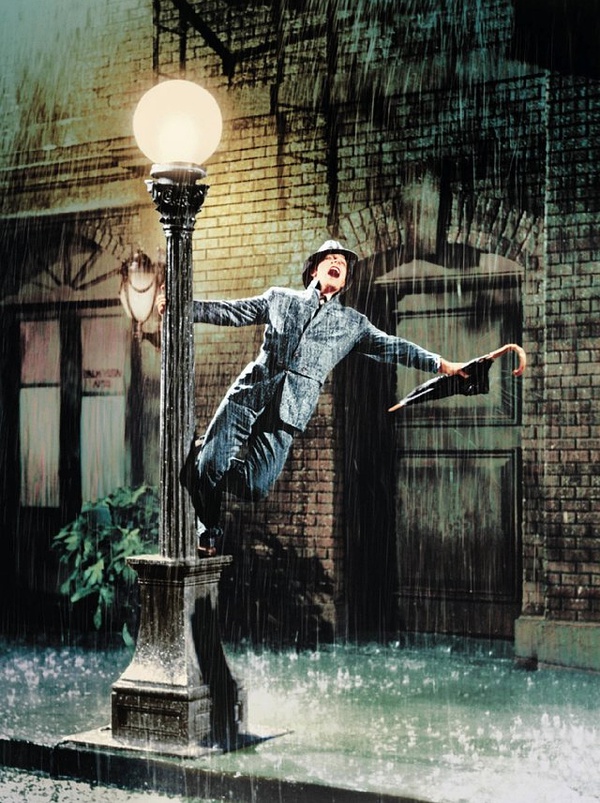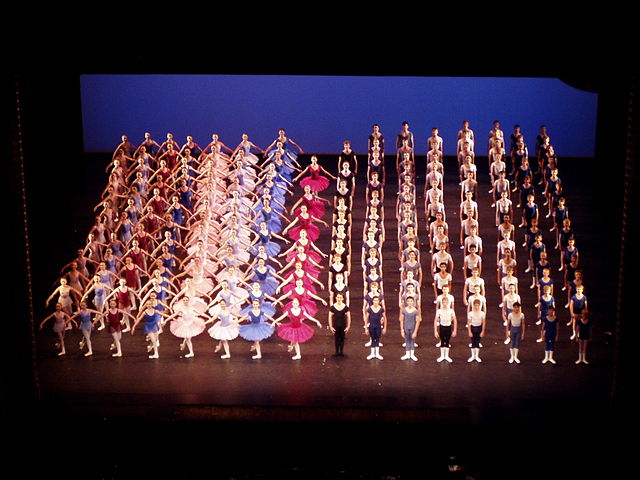
Over the next 7 months, The Royal Ballet School will open its doors to teachers, dance students and enthusiasts alike for a series of exciting lectures and masterclasses once a month, with pointe shoes and tiaras optional. This series of “Exploration Days” will examine the pedagogy and training programmes of the French, Italian, Danish and Russian Schools, and how they influenced the development of the English School as established by Ninette De Valois in 1926.
De Valois founded the school with the opening of the Academy of Choreographic Art, which was renamed the Vic-Wells Ballet School in 1931, renamed in 1939 as The Sadler’s Wells Ballet School: when the school was granted its Royal Charter in 1956, the school was given its current name. Each of the Exploration Days will examine the history and style of each of the Schools in turn, including a ballet masterclass to showcase the unique characteristics of the respective School. When developing the School, De Valois extrapolated and collated what she believed were all the strongest elements from the French, Italian, Danish and Russian schools, merging them to forge a new methodology. She hoped by doing so she would create a uniquely ‘English style’ in a fusion of the best of the old European and Russian Schools.
The Royal Ballet School is one of the most prestigious vocational ballet schools in the UK, and one of the foremost classical ballet schools worldwide, offering full-time training programmes to potentially professional dancers. The School acts as a feeder to both The Royal Ballet Company and The Birmingham Royal Ballet, and its graduates have and continue to dance, tutu clad, in internationally acclaimed companies all over the world. The students follow a specifically designed ‘System of Training’ of eight years split into two courses; a five year course at the Lower School (White Lodge, Richmond Park, Surrey) for students aged 11 to 16, followed by a three year course at the Upper School (Covent Garden, London) for students aged 16 to 18.
The Exploration Days will run on 30 September (French School), 21 October (Italian School), 2 December (Danish School), 3 February (Russian School) and 17 March (English School), led by Directors and Artistic Directors of the specific schools.
Image courtesy of the Wikimedia Commons.

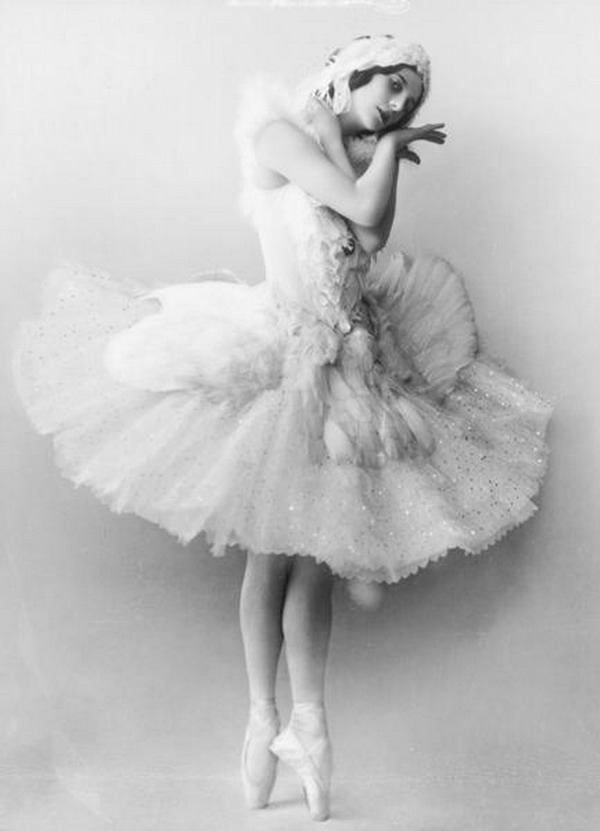
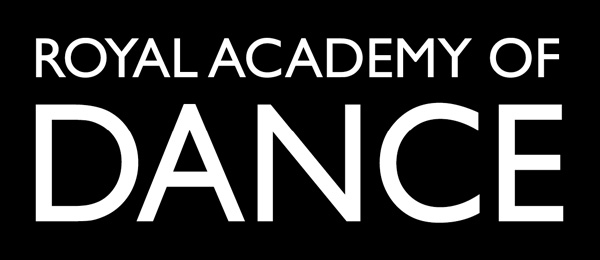
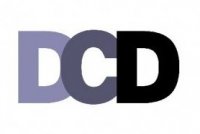 The Dancers’ Career Development, founded in 1974, is a scheme which has been supporting professional dance for 38 years, helping them to make the transition from professional dancing to a new career by giving them the skills to continue working beyond dance as they hang up their ballet shoes. Initially The Dancers’ Resettlement Fund, it aimed to provide support to the dancers from the five Arts Council funded dance companies.
The Dancers’ Career Development, founded in 1974, is a scheme which has been supporting professional dance for 38 years, helping them to make the transition from professional dancing to a new career by giving them the skills to continue working beyond dance as they hang up their ballet shoes. Initially The Dancers’ Resettlement Fund, it aimed to provide support to the dancers from the five Arts Council funded dance companies.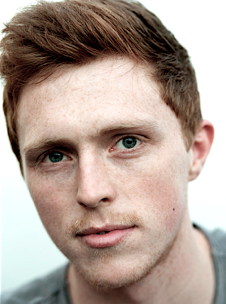 James Cousins (who may be argued as one of the most exciting new choreographers of 2012), is dusting off his practice shoes and preparing to present a programme of new work at Sadler’s Wells, the renowned ‘dance house’ of the UK.
James Cousins (who may be argued as one of the most exciting new choreographers of 2012), is dusting off his practice shoes and preparing to present a programme of new work at Sadler’s Wells, the renowned ‘dance house’ of the UK. Candoco Dance Company was founded in 1991 by Celeste Dandeker and Adam Benjamin, developed from workshops which grew into the first company of its kind in the UK – a professional dance company focused on the integration of disabled and non-disabled dancers. The company gained much acclaim from the press, general public and the worlds of dance and education, and between 1991 and 2005 the company toured to over 50 countries within Europe, Australia, North and South America, Asia and Africa.
Candoco Dance Company was founded in 1991 by Celeste Dandeker and Adam Benjamin, developed from workshops which grew into the first company of its kind in the UK – a professional dance company focused on the integration of disabled and non-disabled dancers. The company gained much acclaim from the press, general public and the worlds of dance and education, and between 1991 and 2005 the company toured to over 50 countries within Europe, Australia, North and South America, Asia and Africa.